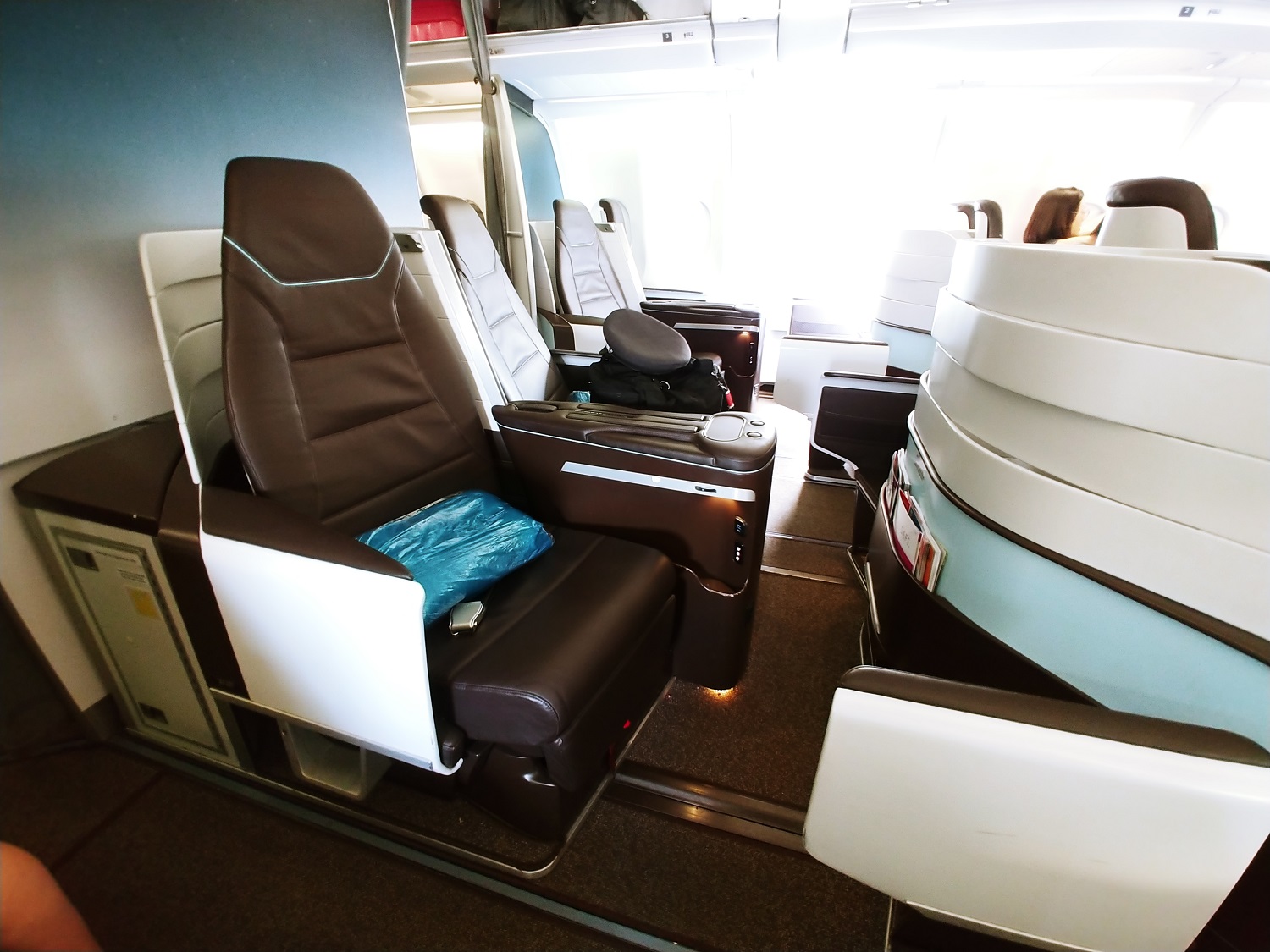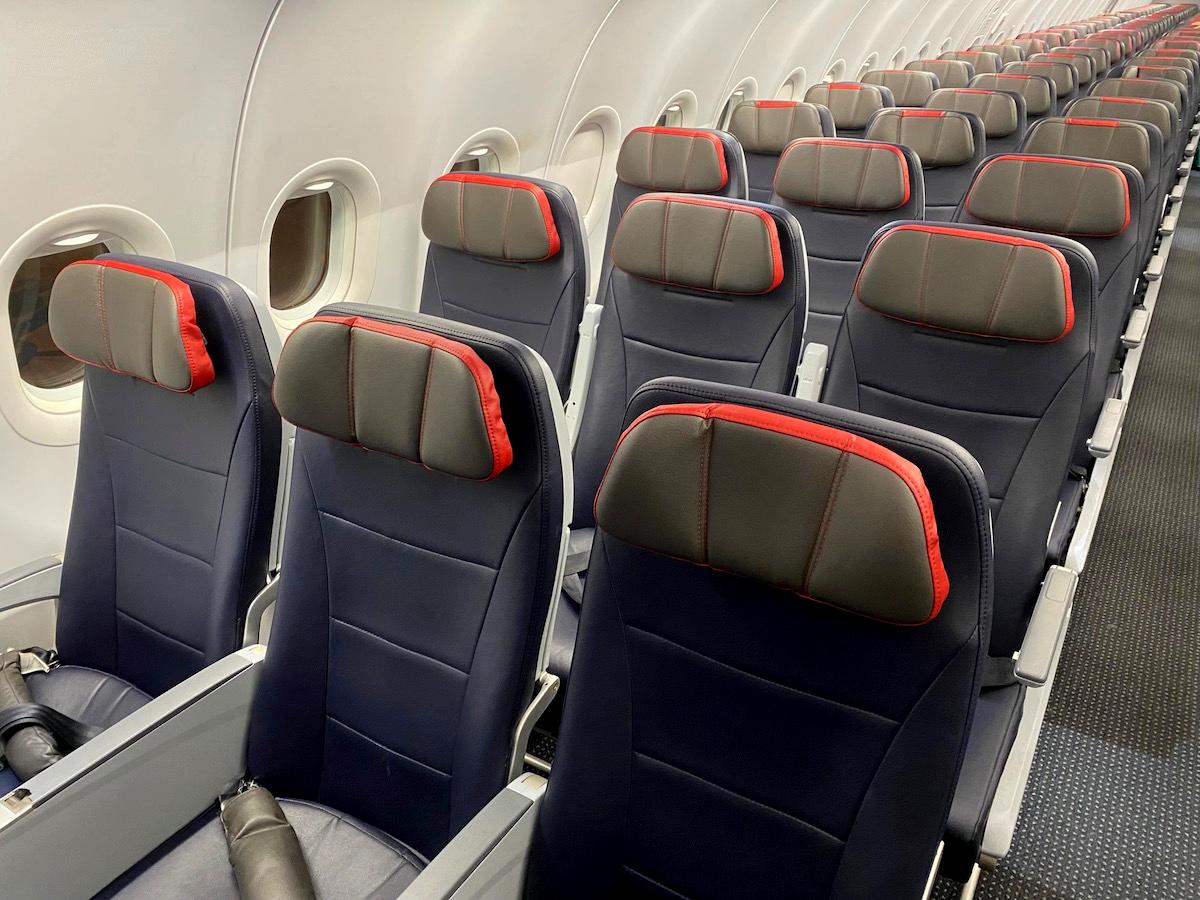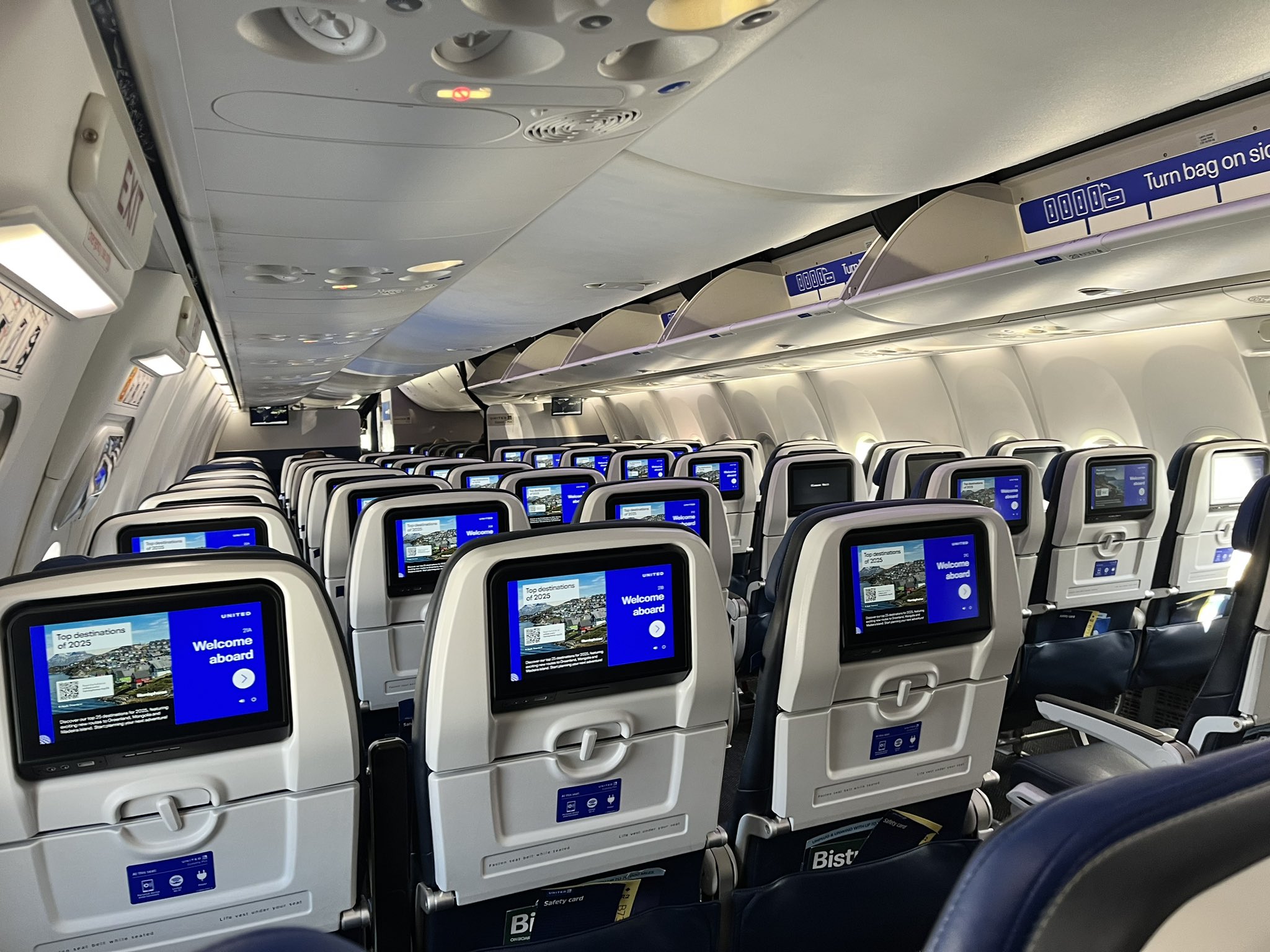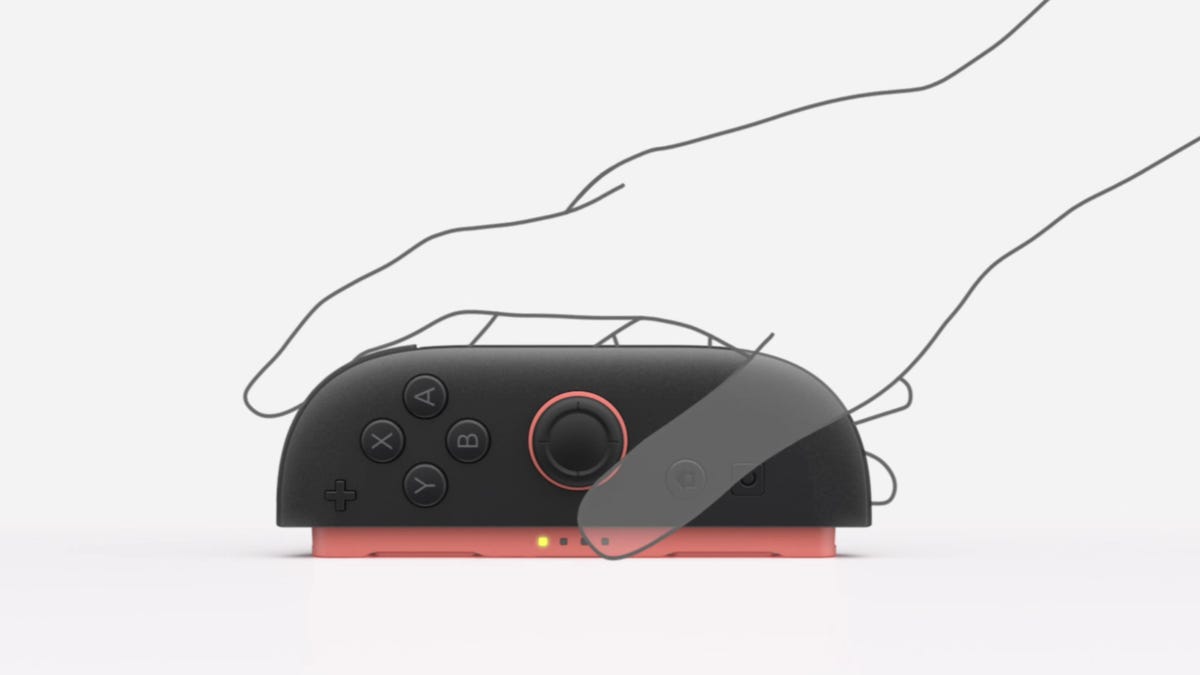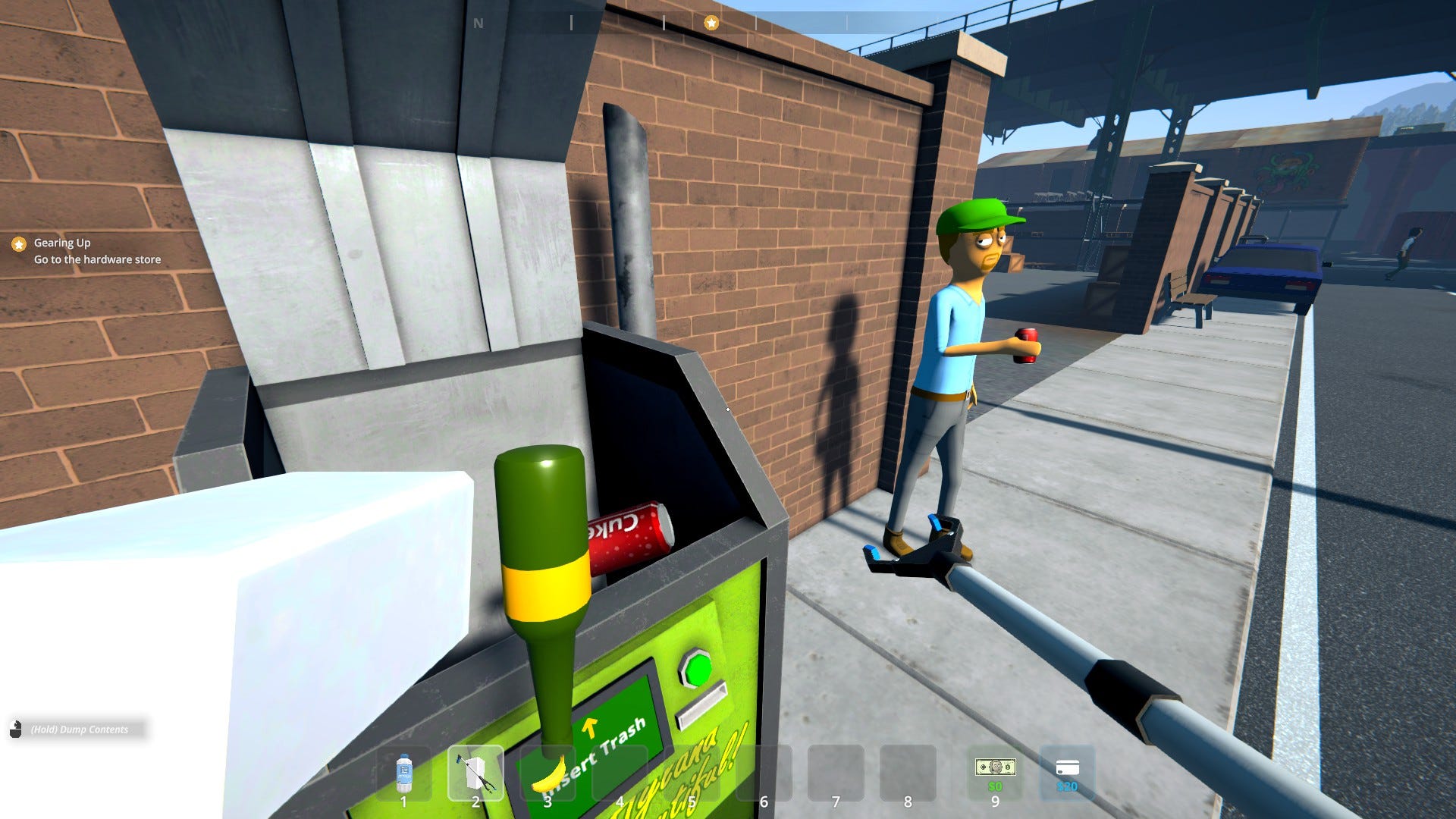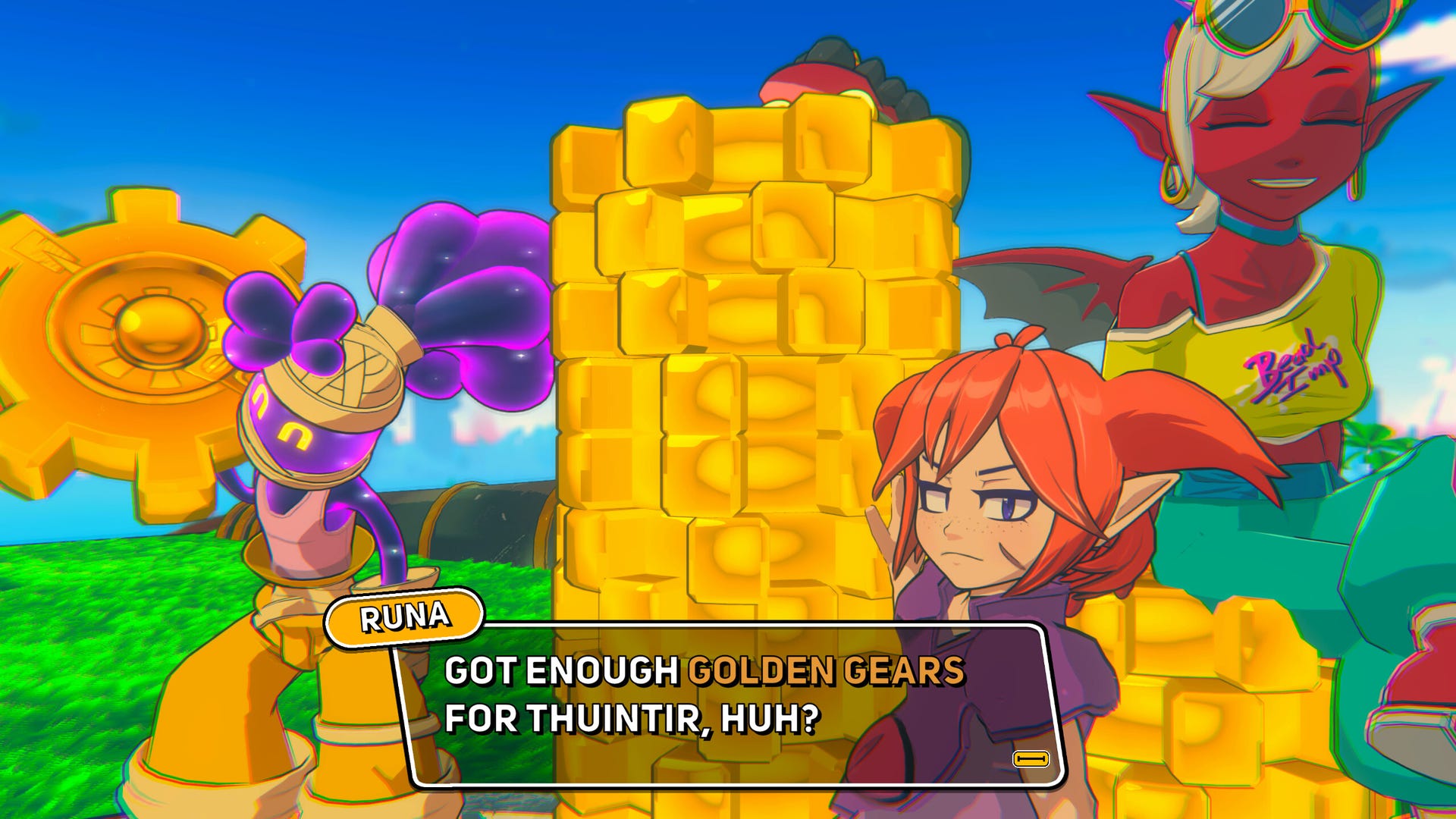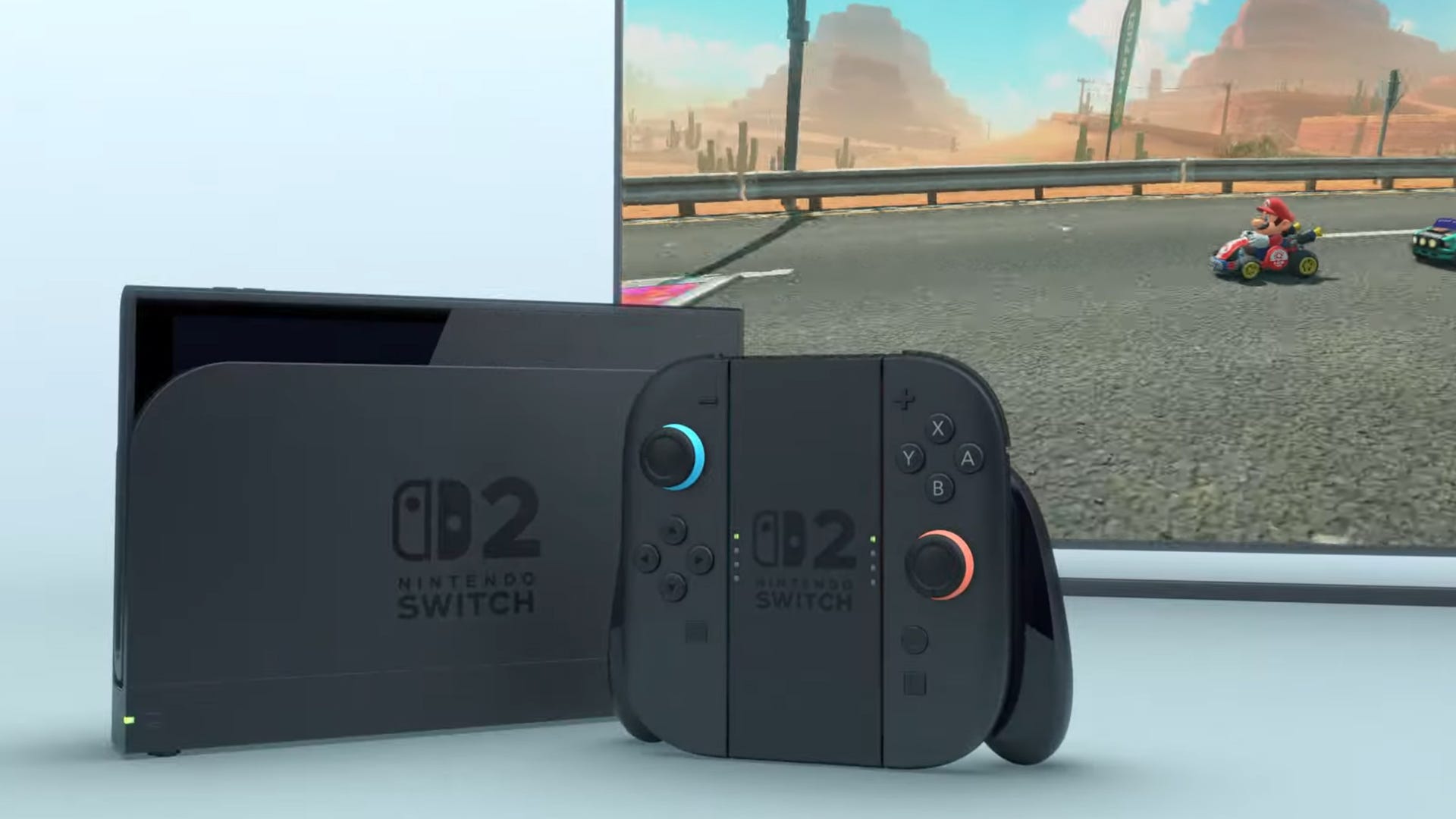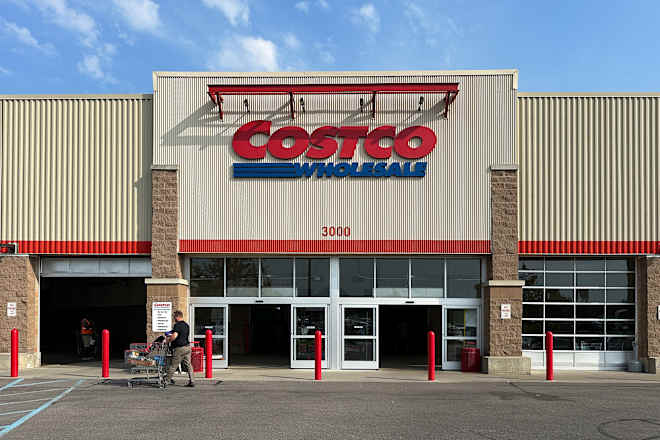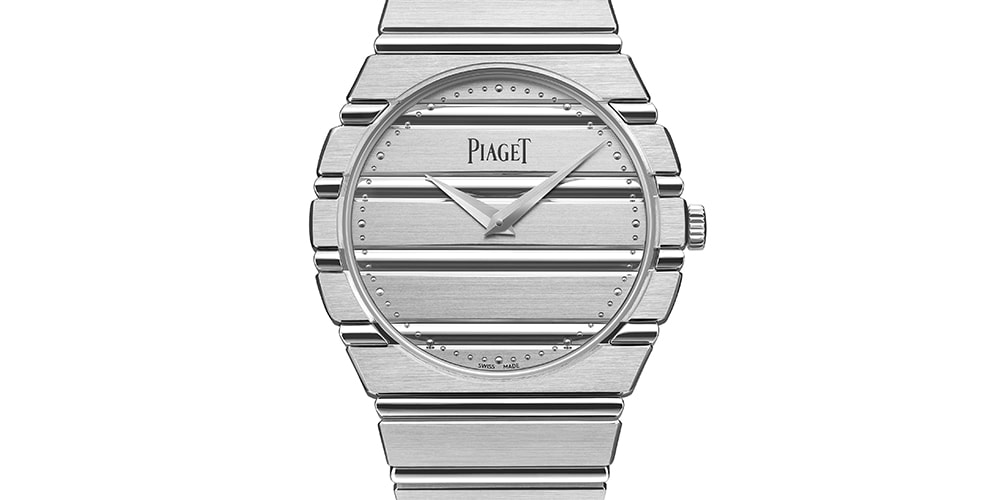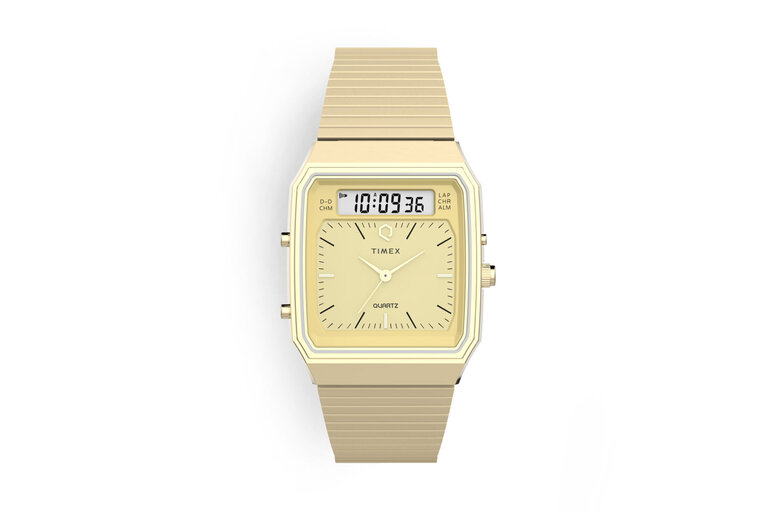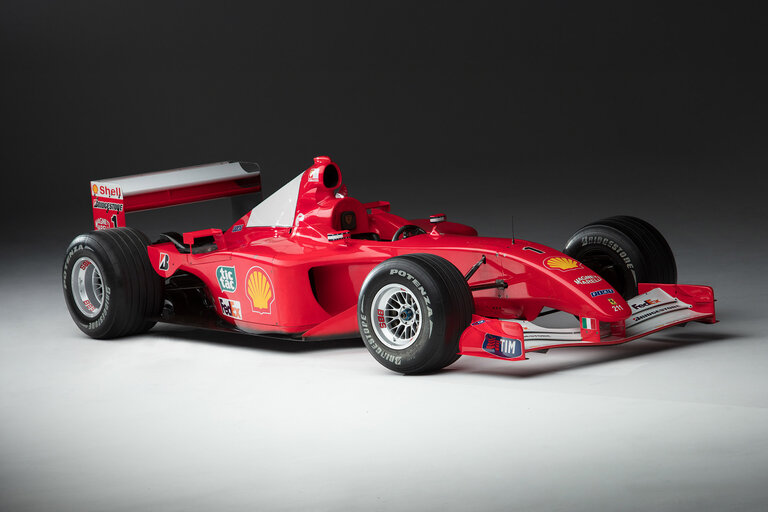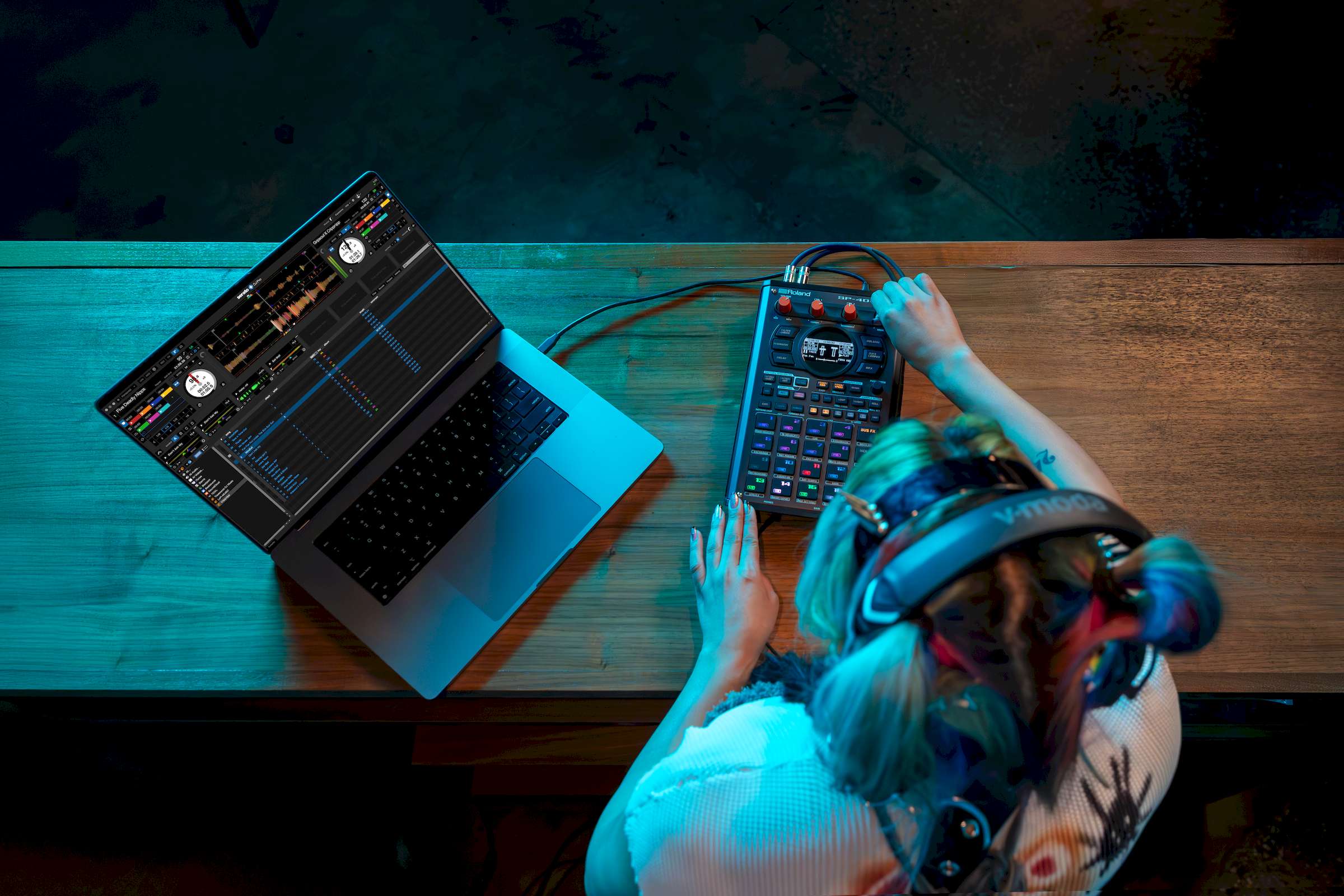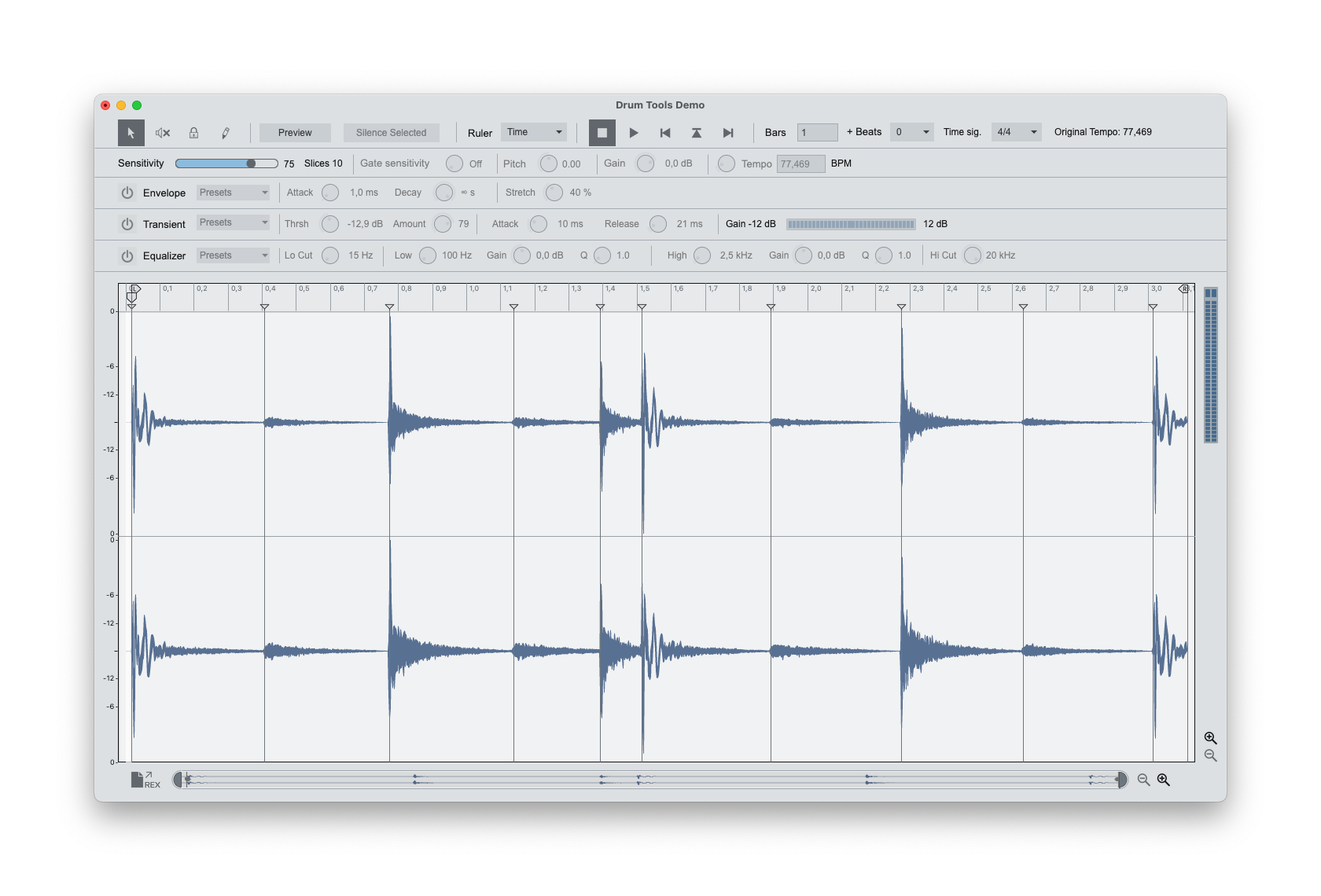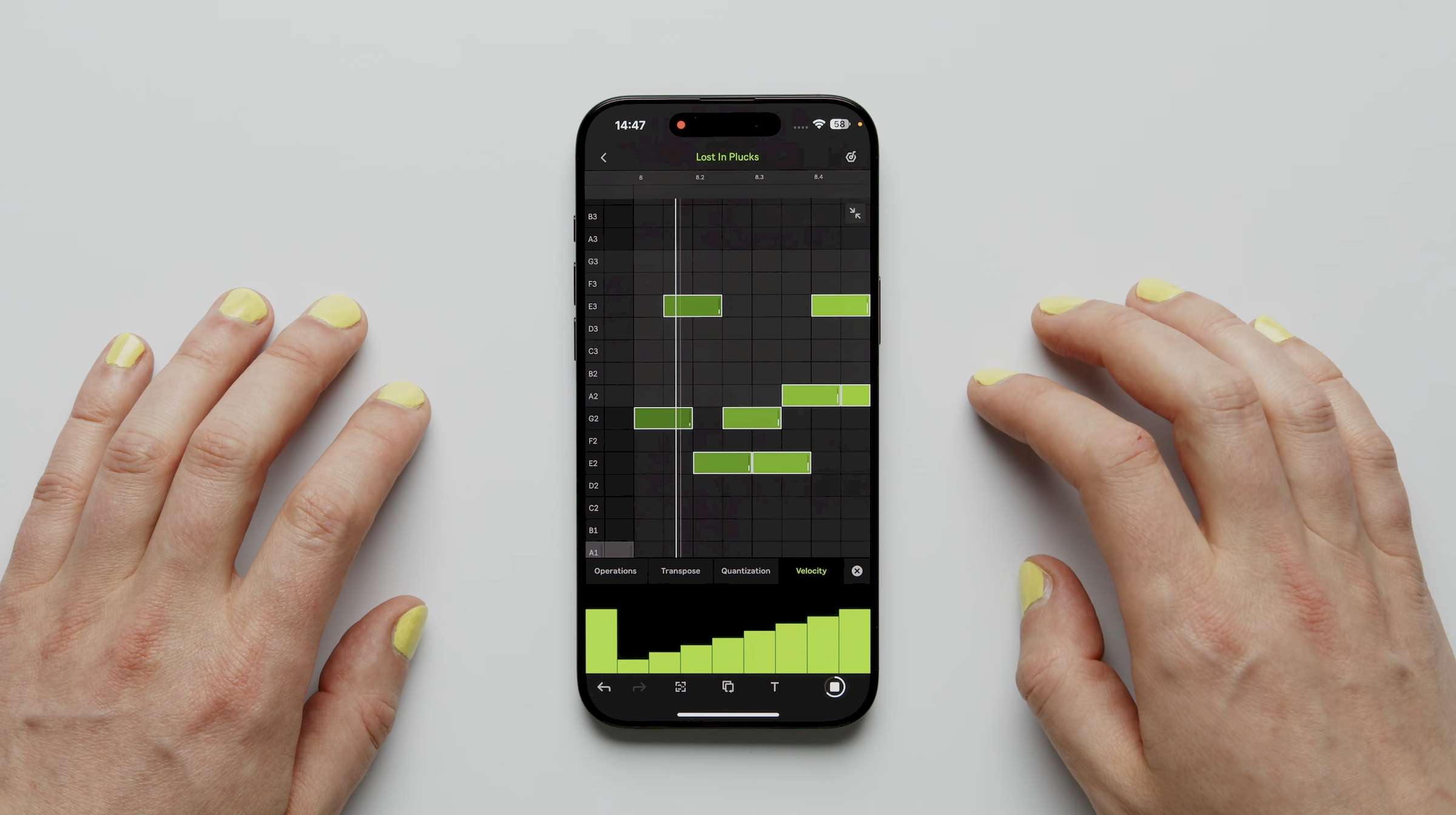The Nintendo Switch 2 promises major storage upgrades, but it'll cost you
The Nintendo Switch 2 had its big debut on Wednesday, and the new console looks to be a sizable, if mostly straightforward, upgrade over its mega-popular predecessor. Tucked between the new Donkey Kong and (pricier) Mario Kart games, mouse mode and overhauled party chat features, though, was another significant update: The device supports faster microSD Express cards. This may not be the sexiest feature, but it should bring quicker load times and generally improved storage performance to the upcoming handheld. The company briefly showed new 256GB cards from Samsung and SanDisk during its presentation, complete with Mario logos printed on. However, the news came with a major caveat: The console is only compatible with microSD Express. The cards most people use today — which are based on the older UHS-I bus interface — will only work for loading videos and screenshots from an original Switch, not playing games, according to Nintendo’s support site. Nintendo says this restriction is necessary to preserve the Switch 2’s performance upgrades, and it’s worth noting that the console itself comes with a much more generous 256GB of space by default. But if you ever need to expand the device’s storage, this change will likely make doing so cost extra, while drastically shrinking the options you have to choose from. Unlike traditional UHS-I cards, a microSD Express card like the SanDisk model on the right comes with a second row of pins on the back. Jeff Dunn for Engadget What are microSD Express cards? SD Express is a relatively recent but seldom-used standard that lets SD cards take advantage of the NVMe protocol and PCIe interface, which is the underlying tech used by SSDs. A microSD Express card has a second row of “pins” on its back and can utilize a single lane’s worth of PCIe bandwidth. As a result, it can produce dramatically faster read and write speeds than its UHS-I counterparts. Whereas the latter advertise sequential transfer rates up to 104 megabytes per second (MB/s), microSD Express cards have a theoretical maximum of 985 MB/s. That’s far behind the NVMe SSDs used by the PlayStation 5 and Xbox Series X, but in theory, it makes Express cards faster than some older SATA-based SSDs when it comes to loading game levels, retrieving saves or copying games to the external storage. It’s worth noting that many UHS-I microSD cards can exceed the 104 MB/s limit with proprietary card readers, but they still fall well short of microSD Express levels even with those. The same goes for speedier UHS-II cards, which are mostly used by professional types with select cameras and PCs and max out at 312 MB/s. (There’s also a UHS-III interface, but nobody uses it. Getting all of this?) Prior to Wednesday, the only reliably available microSD Express card we could find was this model from SanDisk. We recently tested it for our microSD card buying guide, and the upgrade was pretty dramatic. In the synthetic benchmark CrystalDiskMark, the SanDisk card achieved sequential reads up to 899.12 MB/s and sequential writes up to 650.41 MB/s. For comparison, the absolute fastest UHS-I card we’ve tested (Lexar’s Professional Silver Plus) topped out at 209.25 MB/s for reads and 193.93 MB/s for writes — so, three to four times slower. In one of our “real-world” tests, the SanDisk Express card took an average of 20 seconds to move a 12GB folder containing various file types and subfolders to a PC and 52 seconds to write the folder back to the card. The Lexar card averaged 67 and 76 seconds, respectively. The gulf in random speeds — which measure how quickly a card can read and write small bits of data scattered throughout a device and tend to be particularly important for gaming — was similarly large, and in some benchmarks even greater. SanDisk's microSD Express card is one of the (very) few options you can actually buy today. Jeff Dunn for Engadget Nintendo has not provided any official transfer speed ratings for the new console just yet, but all of this suggests that the Switch 2’s storage should be much faster than before, even if it’s not on par with the speeds of a PS5 or Xbox Series X. It’s also possible that, like those other consoles, the Switch 2 has hardware dedicated to decompressing files, which could make the real-world improvements over the original Switch’s storage performance even greater. (We’ve reached out to Nintendo and will update this post if we receive any further details.) The original SD Express standard was released in 2018, but the tech has mostly gone nowhere in the years since. There’s been the SanDisk card noted above, a full-size SD card from ADATA and not much else. Previously, Samsung and Lexar announced microSD Express cards that wound up missing their original release windows — though Samsung’s card may just be the same one unveiled today, and Lexar did release a new “Play Pro” microSD Express card on Wednesday. Host devices that support the standard, which are

The Nintendo Switch 2 had its big debut on Wednesday, and the new console looks to be a sizable, if mostly straightforward, upgrade over its mega-popular predecessor. Tucked between the new Donkey Kong and (pricier) Mario Kart games, mouse mode and overhauled party chat features, though, was another significant update: The device supports faster microSD Express cards. This may not be the sexiest feature, but it should bring quicker load times and generally improved storage performance to the upcoming handheld. The company briefly showed new 256GB cards from Samsung and SanDisk during its presentation, complete with Mario logos printed on.
However, the news came with a major caveat: The console is only compatible with microSD Express. The cards most people use today — which are based on the older UHS-I bus interface — will only work for loading videos and screenshots from an original Switch, not playing games, according to Nintendo’s support site. Nintendo says this restriction is necessary to preserve the Switch 2’s performance upgrades, and it’s worth noting that the console itself comes with a much more generous 256GB of space by default. But if you ever need to expand the device’s storage, this change will likely make doing so cost extra, while drastically shrinking the options you have to choose from.
What are microSD Express cards?
SD Express is a relatively recent but seldom-used standard that lets SD cards take advantage of the NVMe protocol and PCIe interface, which is the underlying tech used by SSDs. A microSD Express card has a second row of “pins” on its back and can utilize a single lane’s worth of PCIe bandwidth. As a result, it can produce dramatically faster read and write speeds than its UHS-I counterparts. Whereas the latter advertise sequential transfer rates up to 104 megabytes per second (MB/s), microSD Express cards have a theoretical maximum of 985 MB/s.
That’s far behind the NVMe SSDs used by the PlayStation 5 and Xbox Series X, but in theory, it makes Express cards faster than some older SATA-based SSDs when it comes to loading game levels, retrieving saves or copying games to the external storage. It’s worth noting that many UHS-I microSD cards can exceed the 104 MB/s limit with proprietary card readers, but they still fall well short of microSD Express levels even with those. The same goes for speedier UHS-II cards, which are mostly used by professional types with select cameras and PCs and max out at 312 MB/s. (There’s also a UHS-III interface, but nobody uses it. Getting all of this?)
Prior to Wednesday, the only reliably available microSD Express card we could find was this model from SanDisk. We recently tested it for our microSD card buying guide, and the upgrade was pretty dramatic. In the synthetic benchmark CrystalDiskMark, the SanDisk card achieved sequential reads up to 899.12 MB/s and sequential writes up to 650.41 MB/s. For comparison, the absolute fastest UHS-I card we’ve tested (Lexar’s Professional Silver Plus) topped out at 209.25 MB/s for reads and 193.93 MB/s for writes — so, three to four times slower.
In one of our “real-world” tests, the SanDisk Express card took an average of 20 seconds to move a 12GB folder containing various file types and subfolders to a PC and 52 seconds to write the folder back to the card. The Lexar card averaged 67 and 76 seconds, respectively. The gulf in random speeds — which measure how quickly a card can read and write small bits of data scattered throughout a device and tend to be particularly important for gaming — was similarly large, and in some benchmarks even greater.
Nintendo has not provided any official transfer speed ratings for the new console just yet, but all of this suggests that the Switch 2’s storage should be much faster than before, even if it’s not on par with the speeds of a PS5 or Xbox Series X. It’s also possible that, like those other consoles, the Switch 2 has hardware dedicated to decompressing files, which could make the real-world improvements over the original Switch’s storage performance even greater. (We’ve reached out to Nintendo and will update this post if we receive any further details.)
The original SD Express standard was released in 2018, but the tech has mostly gone nowhere in the years since. There’s been the SanDisk card noted above, a full-size SD card from ADATA and not much else. Previously, Samsung and Lexar announced microSD Express cards that wound up missing their original release windows — though Samsung’s card may just be the same one unveiled today, and Lexar did release a new “Play Pro” microSD Express card on Wednesday.
Host devices that support the standard, which are required to even see any improved speeds, have been highly uncommon over the same time frame. (If you put a microSD Express card in a device that doesn’t support the underlying tech, such as the original Switch, it’ll be limited to standard UHS-I speeds.) And while compatible card readers can deliver the faster transfer rates on certain PCs, they aren’t cheap, so at that point most people have been better off buying a faster external SSD.
The SD Association pointed us to a LinkedIn page (!) with other compatible devices when reached for comment, but the pickings are still slim, and very few of those support microSD Express cards specifically. The Switch 2 is by far the highest-profile device to embrace the standard, so it could be the thing that finally takes these cards from “cool idea” to “useful niche.”
Questions of price and heat
That said, there are multiple reasons why SD Express has failed to take off before this week, and it remains to be seen whether the Switch 2 will truly fix them. First and foremost is price. We’ve reached out to SanDisk and Samsung for confirmation, but for now we don’t know how much the microSD Express cards that Nintendo has teased will cost. If the couple other Express models available today are any indication, though, they’re likely to be much more expensive than the conventional cards you may have bought for the previous Switch.
SanDisk’s Express card, for instance, costs $45 for a 128GB model and $60 for the 256GB version. The 256GB Lexar Play Pro is $10 cheaper, but its 512GB and 1TB versions cost a whopping $100 and $200, respectively. For reference, Samsung’s Pro Plus — another UHS-I card we recommend in our buying guide — costs $17 for 128GB, $23 for 256GB, $38 for 512GB and $80 for 1TB as of this writing. That’s a huge difference.
What’s more, the Play Pro is the only purchasable microSD Express card we’ve seen thus far that even supports capacities greater than 256GB. Nintendo says the console can support up to 2TB of external storage, but no Express card with that capacity appears to exist yet. The Switch 2 will be one of the first mainstream devices to truly push SD Express in earnest, so we’d expect it’ll drive prices down and increase competition over time. But how quickly, and by how much, remains up in the air.
The other concern relates to thermal management. MicroSD Express cards can pump out significantly faster transfer speeds, but they’re still working with tiny little frames that don’t leave much room to dissipate heat. When we tested SanDisk’s microSD Express model for our guide, we noticed that it slowed down under longer, more sustained loads — not enough to fall behind than UHS-I cards, but still below its peak by a few hundred MB/s.
The SD Express spec does have mechanisms for keeping heat in check, and manufacturers like SanDisk advertise similar protections. Nintendo presumably has come up with ways to further avoid severe throttling with the Switch 2. (We already know that the new dock comes with a cooling fan built in, for instance.) But it’ll be something to keep an eye on once we can move large game files around the device.
In a developer Q&A posted to Nintendo’s website on Wednesday, Switch 2 producer Kouichi Kawamoto notes that the move to microSD Express will help the console’s performance hold up better in the long-term. With the new Mario Kart World, for instance, he says the faster transfer speeds will help make far-off destinations in the game’s open world visible faster. He also notes that Switch 2 games will have larger file sizes, but that he “doubt[s] most people will need a microSD Express card immediately after buying the system” thanks to the Switch 2’s larger built-in capacity.
Hopefully that’s the case. It’d be unfair to call this a PlayStation Vita situation, as that portable console relied solely on proprietary memory cards, and the Switch 2 will support options from several third-party manufacturers. But as it stands now, storage upgrades for the new console look like they’ll be much pricier and more limited to start. And just how much of an advantage the new tech provides is something we won’t know until the console arrives in June.






![‘South of Midnight’ Weaves a Heartfelt Tale Set In a Gorgeous World [Review]](https://bloody-disgusting.com/wp-content/uploads/2025/04/southofmidnight.jpg)























































































![‘The Bondsman’: Kevin Bacon & Erik Oleson On Demon-Hunting, Musical Redemption, ‘Tremors,’ Marvel, DC, & More [Bingeworthy Podcast]](https://cdn.theplaylist.net/wp-content/uploads/2025/03/04152419/THE-BONDSMAN_TRAILER_KEVIN-BACON_AMAZON-PRIME-VIDEO_APRIL-3_.jpg)






























